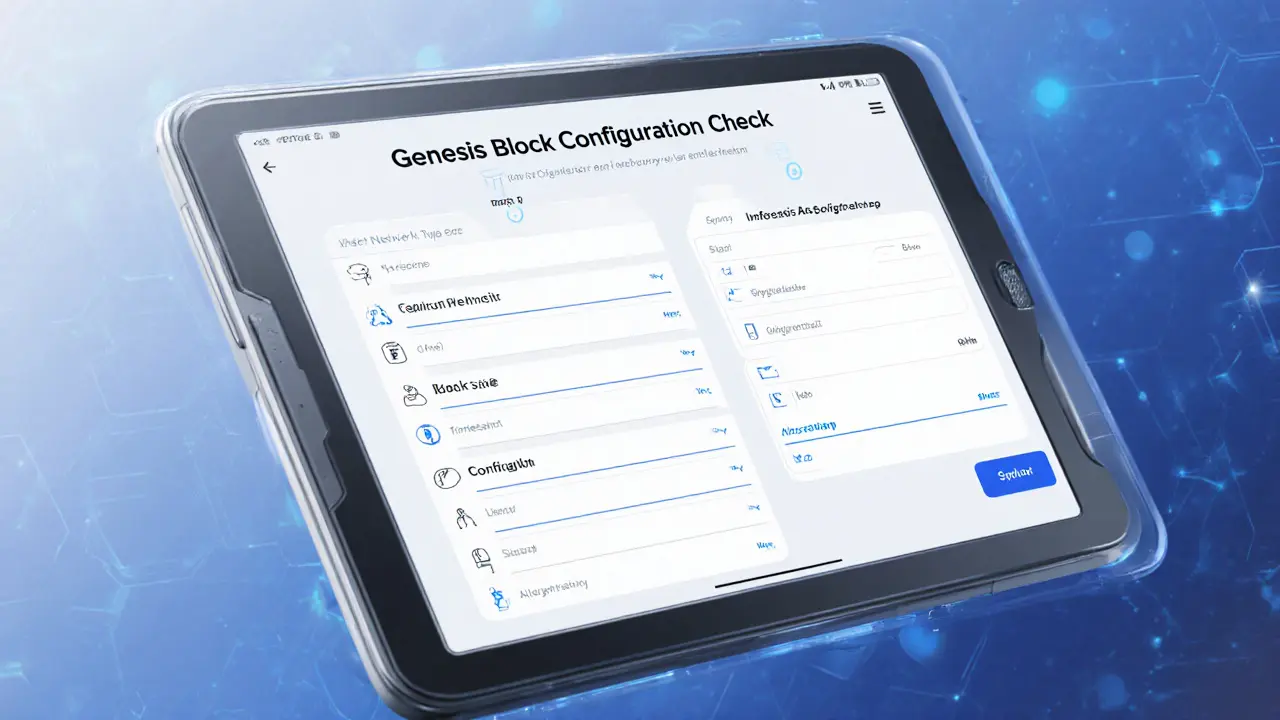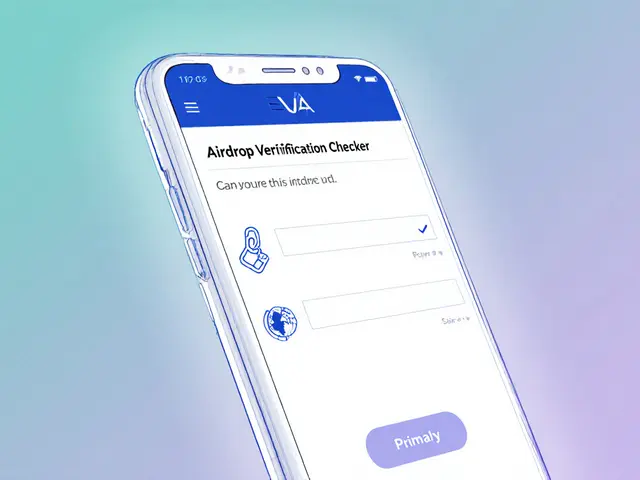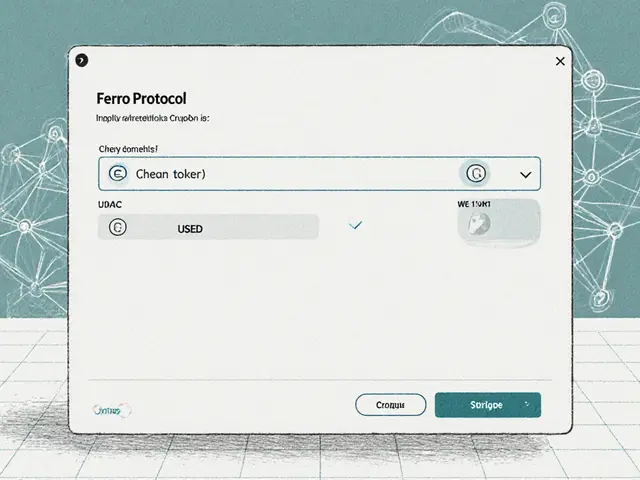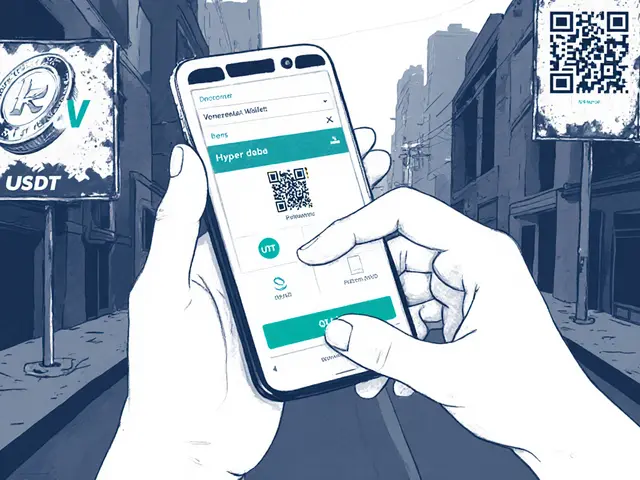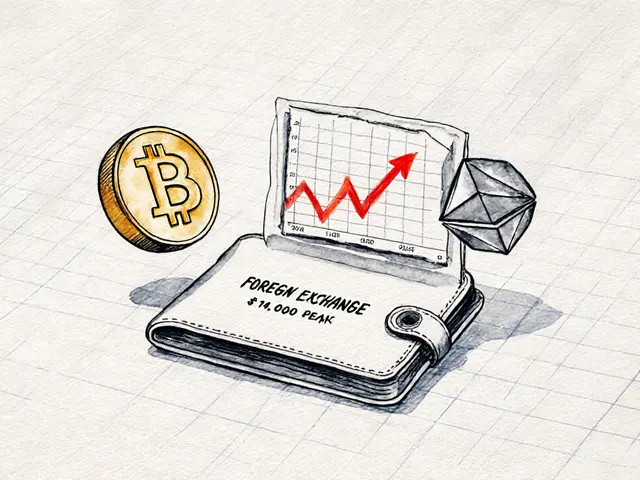Network Initialization: Building the First Block of a Crypto Network
When working with network initialization, the process of launching a new blockchain by setting up its first state, nodes, and rules. Also known as network bootstrapping, it lays the foundation for every subsequent transaction. A genesis block, the very first block that records the initial parameters and token allocations is created during this phase. The choice of consensus mechanism, the rule set that nodes use to agree on new blocks directly influences how the network stabilizes. In practice, network initialization encompasses genesis block creation, requires node configuration, and depends on consensus design. Developers start by defining chain parameters, then spin up a handful of validator nodes to test block propagation. Once the testnet runs without forks, they draft the launch script that will seed the mainnet with the genesis block and activate the selected consensus algorithm.
Key Steps in Network Initialization
The first step is node deployment. Operators install the client software on servers, configure network ports, and generate cryptographic keys. Each node must sync to the genesis block, which acts as a reference point for all future state changes. Next comes network bootstrapping, the coordinated effort to bring initial nodes online, exchange peer information, and start block production. During bootstrapping, the consensus mechanism—whether Proof‑of‑Work, Proof‑of‑Stake, or a newer BFT model—determines how quickly the network reaches finality. After the bootstrapping window closes, the network enters a stable phase where transaction fees, governance votes, and token emissions follow the rules encoded in the genesis block. Monitoring tools track latency, block times, and validator performance to catch misbehaving nodes early. If a node fails to meet the consensus criteria, it is slashed or removed, preserving security. Finally, developers publish the mainnet launch, the moment the blockchain becomes publicly accessible and interchangeable with test environments, offering wallets and explorers to end users. This transition often includes a public announcement, a snapshot of initial token balances, and a period of heightened community support.
All of these pieces—genesis block design, consensus choice, node deployment, and bootstrapping—fit together like a puzzle. Understanding each piece helps you evaluate new projects, spot potential security gaps, and even run your own test network. Below you’ll find a curated collection of articles that dive deeper into specific aspects of network initialization, from tokenomics of fresh coins to real‑world examples of mining bans and exchange reviews. Whether you’re a developer planning a launch or a trader trying to gauge a network’s health, the insights here will give you a solid foundation before you explore the detailed posts that follow.
Genesis Block Parameters and Configuration: A Practical Guide for Blockchain Builders
Learn how to configure the genesis block for blockchain networks, covering key parameters, Bitcoin and Ethereum examples, best practices, and common pitfalls.
View More